Europe faces days of air chaos
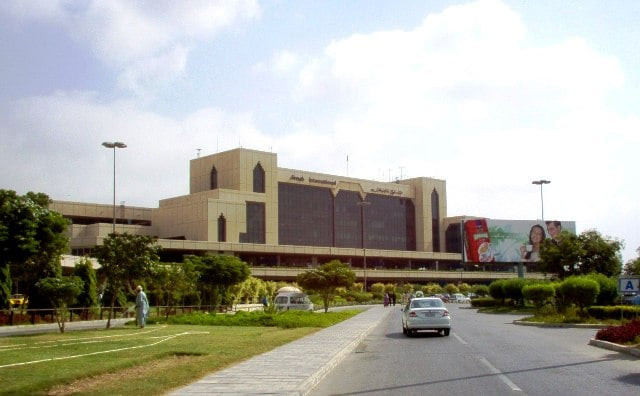
Experts warned the fallout from the Eyjafjallajokull volcano in southeast Iceland, which covered the skies of northern Europe on Thursday, could take several days to clear.
The eruption has already melted the 250-metre (820-feet) thick glacier around it, causing severe floods. And with thousands stranded in airports around the world, the European air traffic control group Eurocontrol said planes could stay grounded for at least 48 hours.
It estimated that 5,000 to 6,000 flights were cancelled overall on Thursday as grey ash from the second major eruption in Iceland in less than a month blew across the north Atlantic, closing major airports more than 2,100 kilometres (1,300 miles) away. And those closures meant that Europe-bound flights were grounded all around the world.
Eurocontrol predicted that at least half of the 600 daily flights between Europe and North America would be cancelled Friday.
Belgium, Britain, Denmark, the Netherlands, Norway and Sweden shut down their airspace because the ash threatened jet engines and visibility. Finland, France, Germany, Portugal and Spain also experienced major disruption.
The cloud spread over northern Poland late Thursday, threatening to disrupt attendance at this weekend's memorial and funeral services for President Lech Kaczynski, who was killed in a plane crash Saturday.
As Polish aviation authorities closed airspace over the north of the country, US President Barack Obama and other world leaders were monitoring the cloud before confirming their attendance at the ceremonies.
Hundreds of flights out of London's Heathrow and Gatwick airports were cancelled, including transatlantic services.
Early Friday Britain announced it was extended the ban on non-emergency flights until 1800 GMT for all but Northern Ireland and the west coast of Scotland. In Scotland, health officials warned that ash falling to the ground over northern Britain might cause symptoms such as itchy eyes or a sore throat.
Belgian and Norwegian authorities said their airspace would remain closed most of Friday and that the outlook was not good for the next two days.
Amsterdam's Schiphol airport prepared beds and meals for stranded travellers. Hundreds spent the night at the Brussels airport and others across northern Europe. The prevailing winds, however, allowed Icelandic airports to remain open.
The ash drifted at an altitude of about 8.0-10 kilometers (5.0-6.0 miles). Although it could not been seen from the ground, experts said it posed a major threat.
In the past 20 years, there have been 80 recorded encounters between aircraft and volcanic clouds, causing the near-loss of two Boeing 747s with almost 500 people on board and damage to 20 other planes, experts said.
The volcano on the Eyjafjallajokull glacier in southern Iceland erupted just after midnight on Wednesday. Smoke from the top crater stacked more than 6,000 metres (20,000 feet) into the sky, meteorologists said.
A 500-metre fissure appeared at the top of the crater on Wednesday, Iceland's RUV broadcaster reported. The heat melted the surrounding glacier, causing major flooding that forced the evacuation of about 800 people.
The eruption -- in a remote area about 125 kilometres (75 miles) east of Reykjavik -- was bigger than the blast at the nearby Fimmvorduhals volcano last month.
"It is very variable how long these eruptions last. Anywhere from a few days to over a year," said geophysics professor and civil protection advisor Magnus Tumi Gudmundsson.
"Judging from the intensity of this one, it could last a long time." He noted there were more than 250 metres of thick ice on top of the crater that quickly melted and caused massive flooding. Last month, the first volcano eruption at the Eyjafjallajokull glacier since 1823 -- and Iceland's first since 2004 -- briefly forced 600 people from their homes in the same area.
That eruption at the Fimmvorduhals volcano only ended on Tuesday, hours before the new one sent up the cloud.



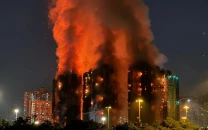

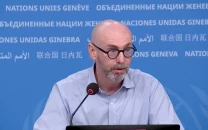


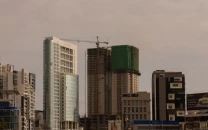


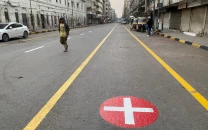







COMMENTS
Comments are moderated and generally will be posted if they are on-topic and not abusive.
For more information, please see our Comments FAQ